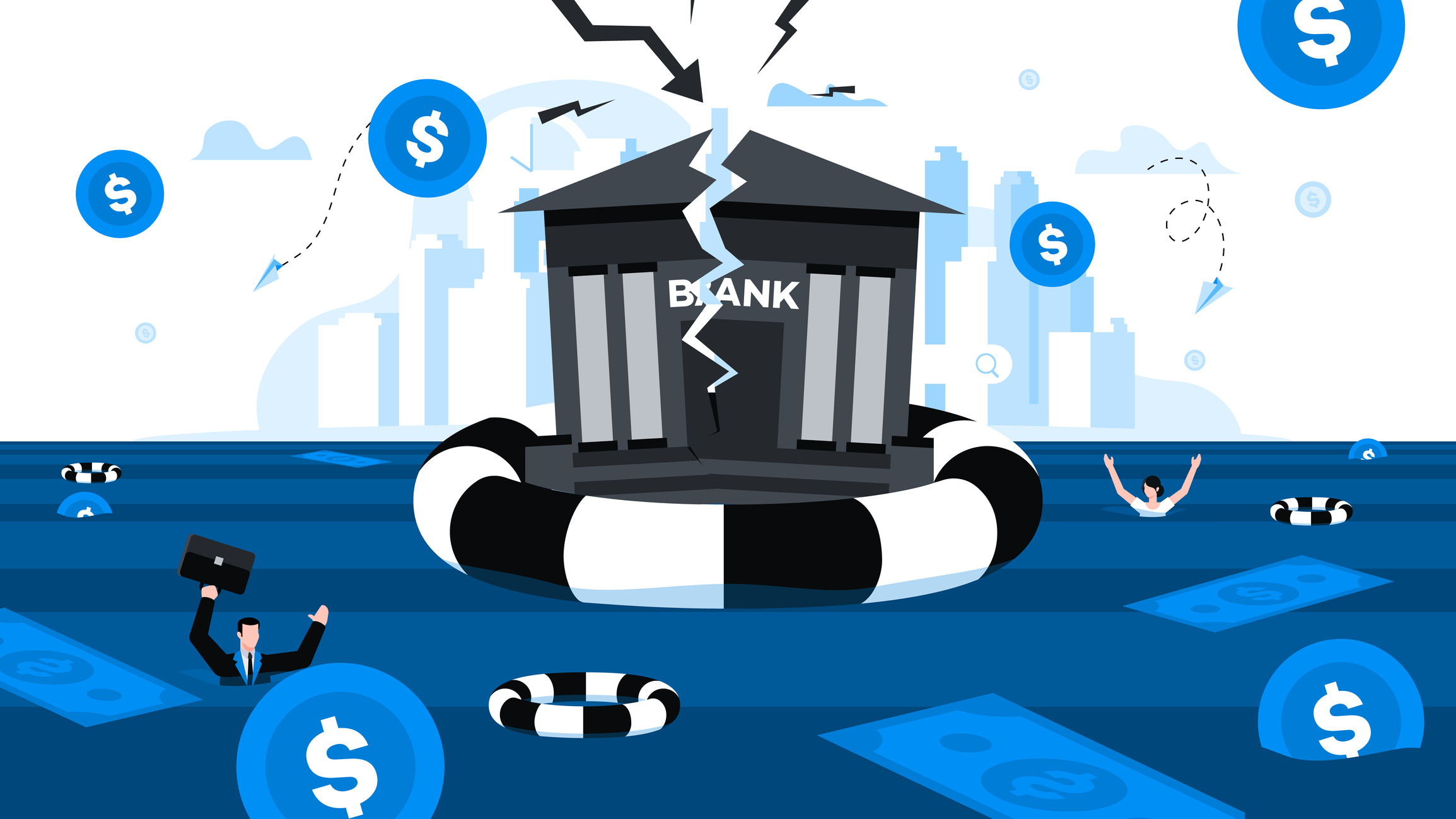This time is different. But is it?
Sound familiar? The March in question was March 2008, the bank was Bear Sterns, and the rescuing firm was J.P. Morgan Chase, which acquired Bear at $2 per share in one of the opening acts of what became the global financial crisis of 2008.
Fifteen years later, markets are once again rattled by fears of contagion. In just a few days, three regional lenders failed in the US, as the contagion spread to systemically important banks in Europe. Credit Suisse had to be taken over by its rival UBS during the weekend of 18-19 of March 2023. Days later, markets started turning on Deutsche Bank, as the SEC issued a warning about a hedge fund.
- Can It Happen Again? – a keen reader of Hyman Minsky is probably asking.
- No, this time it’s different. - a fellow scholar of financial history may well respond.
Both may well be correct. A crisis may indeed be on the cards, but the regulatory context in 2023 is quite different. The meltdown of 2007-09 caught the system, including its regulators, off-guard. The idea of a bank run had long been considered an anachronism in the financialized capitalism of the 21st century. When the system started imploding, very few understood the scope of what was coming. Financial regulation was framed around a micro-prudential approach, which left connections inside and beyond the banking system, undetected.
In the fifteen years that have passed since 2008, financial regulation has evolved quite dramatically. Today, regulators are much better at addressing signs of market distress and troubles at individual institutions. They can draw on their experience during the events of 2007-09, but also on the policy actions they took during the pandemic. Financial regulation now includes macroprudential measures, and parts of the banking system today are more robust than in the spring of 2008.
Alas, there is always a ‘but.’ The actual implementation of post-2009 financial regulations has left the non-banking parts of the financial system outside of the regulated systemically important institutions. A decade of QE and cheap credit has contributed to asset inflation and risk-taking. In the current global environment of heightened uncertainty, higher inflation, and market volatility, new forms of risk may cascade through the system in radically different ways.
There are also important structural parallels between the present day and the crisis of 2007-09. While individual bank failures may not necessarily herald a wider financial crisis, the inversion of the yield curve – observed during 2005-2009 and since Q2 2022 following the Fed’s turn to rake hikes, does pose serious risks to the balance sheets of financial institutions. As investors move capital into US assets seeking safety amidst global political-economic uncertainty, there is strong downward pressure on long-term yields in the US.
Rate hikes by the Fed push short-term rates higher, adding further stress to financial institutions’ balance sheets. In this respect, while loose regulation of mid-size banks may offer one explanation for the failure of US lenders in spring 2023, the wider structural problem should not be ignored.
No matter how tightly the banking system is regulated, regulators cannot cover for major global structural imbalances in the world financial system. In times of global uncertainty, a hunger for safe assets quickly develops, and investors tend to pile into US Treasury bonds, forcing down the yield. As monetary policy tightens, short-term rates go up, yield curves get inversed, and balance sheet distress can cascade through the system, threatening a wider crisis.
Of course, we may be worried for no reason: most devastating financial crises tend to erupt in August or in autumn. But their initial waves gather in spring…





